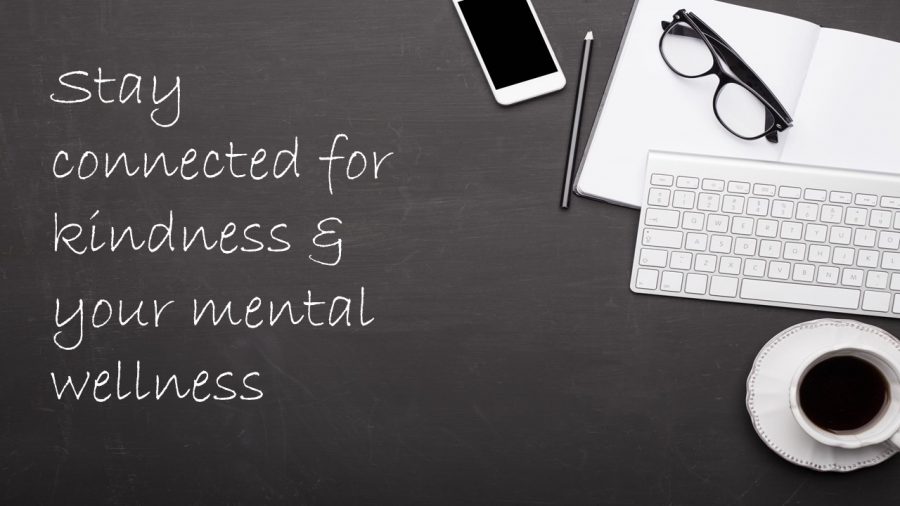To have compassion for others, one must realise Self-compassion first. Compassion is the ability to recognise suffering in oneself and others, and then taking action to alleviate the suffering through kindness, understanding, and love.
In today’s society, with many diverse inequalities, it may seem difficult to have compassion or empathy, but it is probably needed the most. It is the most undoubtedly positive quality than bitterness, anger and resentment.
 Qualities of compassion promote positive emotional response and mindset; however, it should not be compared to empathy. Compassion is a deep feeling for oneself and another person, whereas empathy is the ability to be alongside the other person, or in their shoes. The emotional response when perceiving suffering in oneself or another triggers an authentic desire and wishes to take action, to assist, to alleviate and to help – but not to eliminate or deny.
Qualities of compassion promote positive emotional response and mindset; however, it should not be compared to empathy. Compassion is a deep feeling for oneself and another person, whereas empathy is the ability to be alongside the other person, or in their shoes. The emotional response when perceiving suffering in oneself or another triggers an authentic desire and wishes to take action, to assist, to alleviate and to help – but not to eliminate or deny.
Even if you do not think that you have compassion, the good news is that being compassionate is a skill, just like many which can be developed and learned.
But how does one recognises or develops compassion for oneself?
- Be kind to yourself and others
I consider being kind to oneself as the most essential part of having compassion. It is a daily practice that takes lots of discipline, especially if you have a proclivity to beat yourself up. It is a process that takes patience to develop warmth and understanding of our sufferings, failures and inadequacies. It can be challenging to be mindful of the automatic negative thoughts that had previously been inclined to look at imperfections and flaws. But, it is with kindness, gentleness and acceptance that our emotional response will change toward ourselves first, and then our compassion for others will shortly follow.
- Practice acting and behaving compassionately
Practice mindfulness and notice when you not being kind to yourself. Mindfulness is a conscious awareness of one own’s state by observing one’s thinking and thoughts. It is a willingness to be truthful to oneself and one’s perception. And when you noticed that you belittle yourself or experienced feeling frustrated with yourself; you simply notice it. Have an awareness of what was said, and the feeling felt. Then, gently recognise that making a mistake is inevitable and acceptable. Recognise that perfection is an illusion. Recognise that you will forget to observe your automatic thoughts at times. Recognise that through practice being aware of your thoughts, you will shortly notice them quicker. It is through awareness acceptance that your emotional response will become positive.
- Avoid judgement and criticism of Self and other
Notice your use of language and those automatic thoughts that cause negative emotions or painful feelings such as anger, doubt, guilt, hurt, or shame. Words, thoughts or labels that might be used in the internal dialogue such as ‘I am so bad…clumsy, stupid, etc.’ are just some example to watch out. Stop using those negative criticism and judgement against oneself, and others are ways to develop compassion, through awareness and recognition.
- Be honest and altruistic
Honesty is the best policy. Be honest with yourself when you failed to recognise self-criticism or negative labelling. If you deny your mistake, you are ultimate being dishonest with yourself. Being honest about your failings, errors, and imperfection is part of learning and development. Being truthful about how you feel about failures help you confront the mindset associated with the experience. For example; if you failed a test/exam and you get angry with yourself for the failure, there would have been an associated thought accompanying this mindset, such as ‘Failing means I am useless’, which should be addressed. Recognising those thoughts and feelings is an honest way to deal with them. Being truthful in your reflection and observation are signs of honesty for your failure, which is the quality toward self-compassion.
- Do not set yourself a timeline
Being compassionate is an on-going process that promotes positive health and mental wellness; thus cannot have a time limit. Having compassion for oneself and others should be an on-going process of personal development. It is a quality that helps you in relationships, and it is a positive experience that changes your thinking pattern and developing altruism. If you set yourself a timeline, you are essentially putting a limitation on your growth and development, plus a whole load of unnecessary pressure and anxieties.
All learning starts with YOU, and then you influence others through your engagement and social interaction. Thus, compassion begins with Self-love, and then you can pass it forward. Once you recognised and developed self-compassion, you will soon find that you naturally develop compassion for others and the world.
“Compassion begins with Self-love and then it expands to encompass the people around you.” – Patch Welling.
Do you find this blog helpful? If you like this post, I love to hear from you on my Twitter Page.



 I want to discuss the concept of masking in Psychology further.
I want to discuss the concept of masking in Psychology further. Fear not, I can offer some helpful tips to those individuals who’d like to remove their (psychological) masks – but keep the COVID-19 cover on (for now). Here’s how:
Fear not, I can offer some helpful tips to those individuals who’d like to remove their (psychological) masks – but keep the COVID-19 cover on (for now). Here’s how:
 Physiologically, people with strong ties or connections in a relationship have fewer health problems, less stressed, less depressed and improved mental wellness. Adverse to the effect, people who lack connection with themselves, others or their community have increased stress and depression, accelerated cardiovascular risks, loneliness, isolation and a higher chance of suicidal tendency.
Physiologically, people with strong ties or connections in a relationship have fewer health problems, less stressed, less depressed and improved mental wellness. Adverse to the effect, people who lack connection with themselves, others or their community have increased stress and depression, accelerated cardiovascular risks, loneliness, isolation and a higher chance of suicidal tendency.